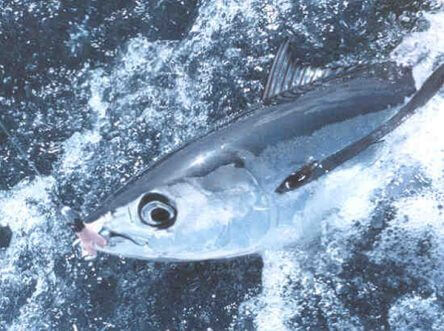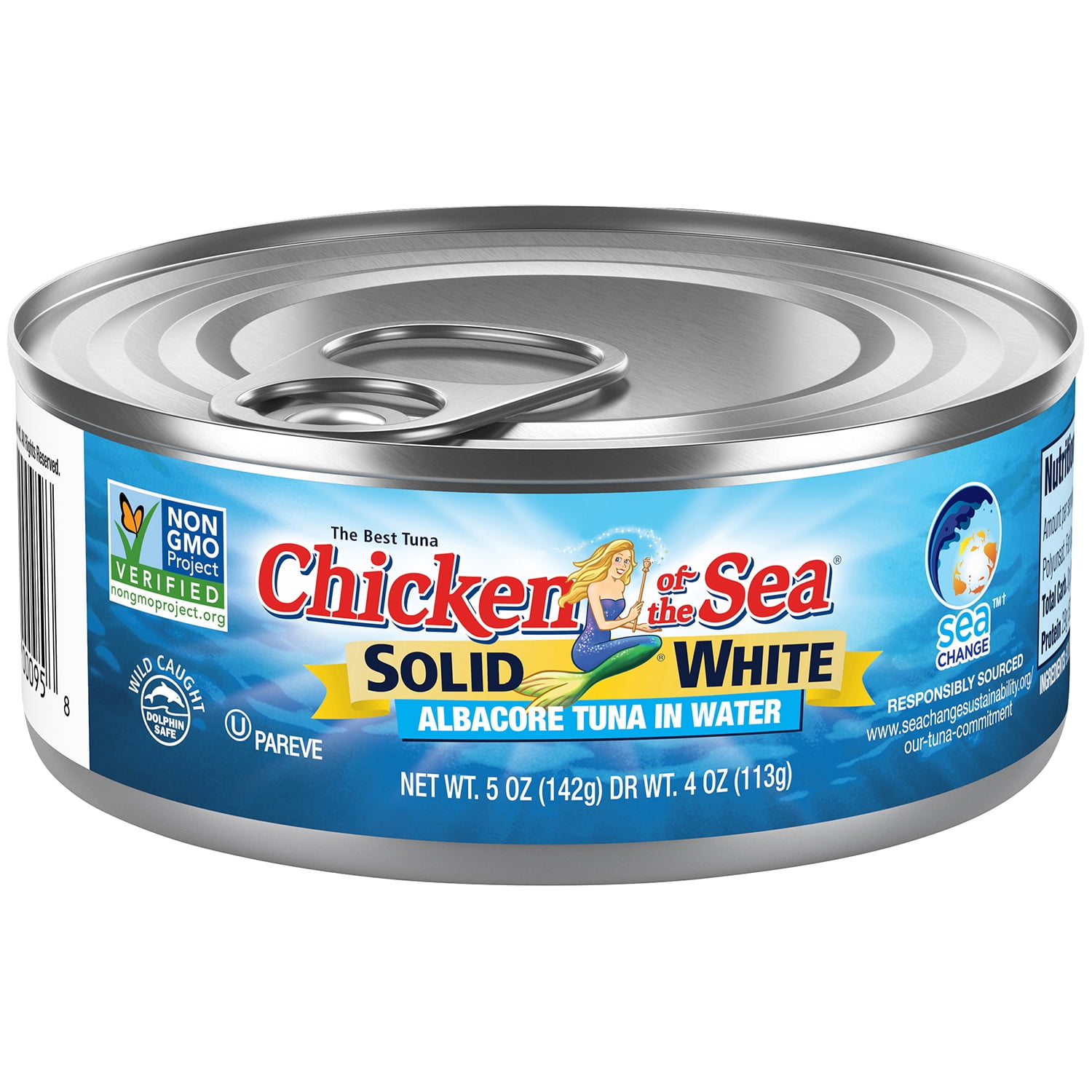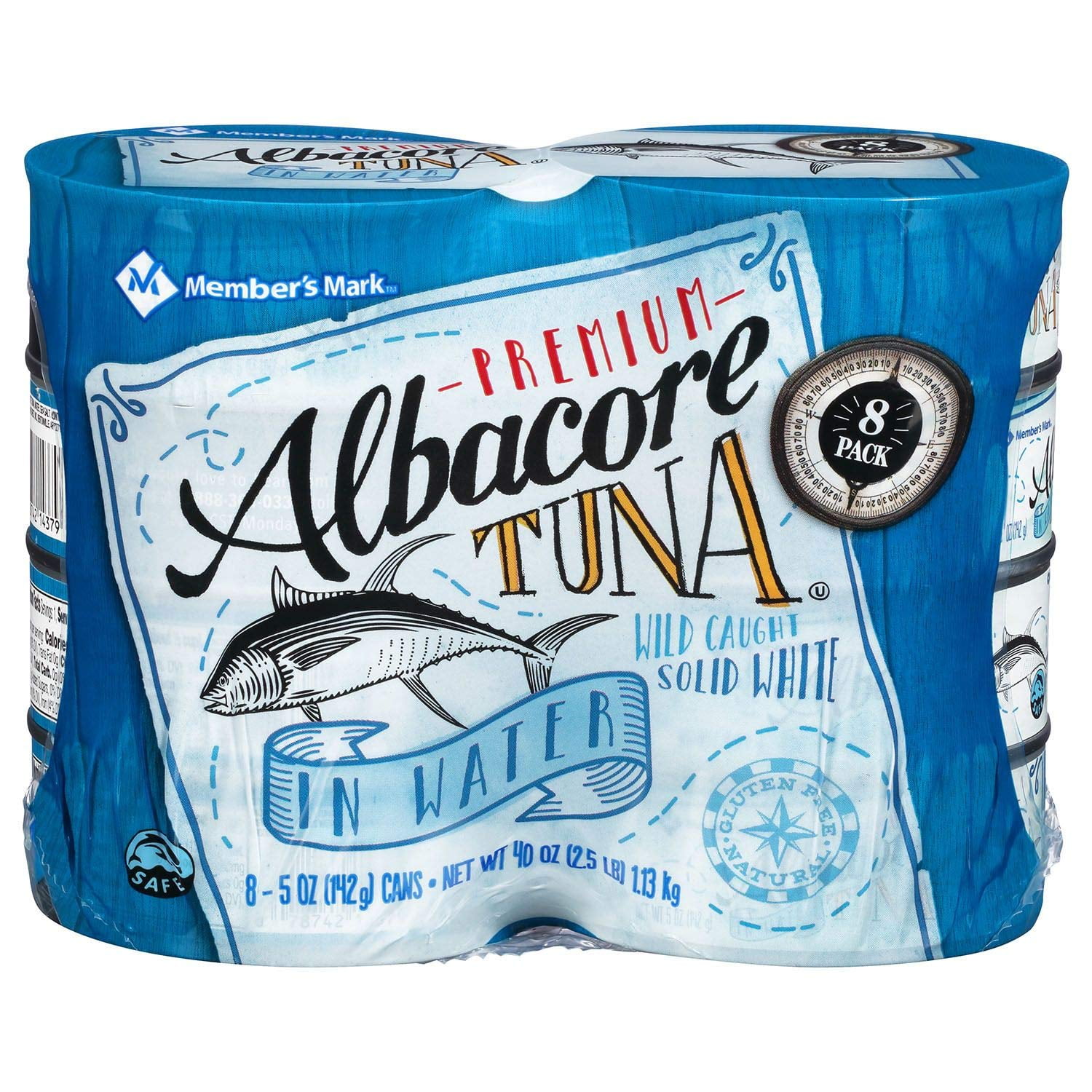
It benefits both sides, as well as consumers. This is a strong relationship that does not seem to be disconnecting any time soon. The wholesale giant sold around $30 million worth of its Kirkland tuna in that first year. Once the tests were complete, and reviews were good, Costco put Kirkland Signature tuna fish on its shelves for the first time in 2003.

In the beginning, the pair spent about a year testing their improved canned tuna in Puerto Rico. He wanted to find a way to offer customers better quality canned tuna at Costco. He decided that canned tuna had taken a downturn with regards to quality. A man named Tim Rose, who has since moved up the ranks of the Costco executive team, was the director of the merchandiser’s food division at Costco. The relationship between these two companies began in 2001. Read also: Are Kirkland Eggs Pasteurized? (Real FACTS) The Costco/Bumble Bee Relationship Pyrophosphate is used during the canning process to prevent the formation of struvite. They aren’t harmful, but most consumers would rather they not be there, as they look like tiny pieces of glass. Let’s start by saying it’s a naturally occurring substance that won’t harm you.ĭuring the canning process, little crystals called struvite can form in the tuna. The only ingredient on that list you may be wondering about is pyrophosphate. What’s In Kirkland Tuna Fish?Īll that’s in the Kirkland Signature can of tuna is: One serving has 70 calories, 1 gram of fat, 25 milligrams of cholesterol, 180 milligrams of sodium, 0 carbs, and 16 grams of protein. One serving is about 2 ounces of tuna drained of water. Kirkland Tuna Nutritional InformationĮach can of tuna holds about 3 servings. It means the fishing methods used to catch the tuna help minimize or eliminate dolphin fatalities. The packages are labeled with the “Dolphin Safe” logo.

The package sells for about $17.50.Īll Kirkland Signature tuna fish is sourced responsibly. Kirkland Tuna Fish is sold in an 8-count package of 7-ounce cans. What Other Brands of Canned Tuna Does Costco Sell?.Where Does Kirkland Tuna Fish Rank Amongst Competitors?.Questions & answers from the FDA/EPA advice about eating fish for those who might become or are pregnant or breastfeeding and children ages 1 to 11 years.Mercury levels in commercial fish and shellfish (1990-2012).Health effects of exposure to mercury.Fish and shellfish advisories and safe eating guidelines.Dietary Guidelines for Americans, 2020-2025.

These groups should select varieties of fish that are low in mercury, including canned light tuna, and limit their intake based on the recommendations set by the FDA. However, raw fish and varieties of fish that are high in mercury, such as bigeye tuna, should be avoided in some groups, including small children and people who are pregnant, trying to become pregnant, or breastfeeding. The FDA also notes that children and people who are pregnant should avoid raw fish, as they may be at a higher risk of foodborne illness.įederal, state, and local advisories may also be issued when certain types of fish are considered unsafe to eat.Īccording to the Environmental Protection Agency, these advisories may apply to specific waterbodies or types of water and can be issued to the general public or specific populations, such as people who are pregnant or breastfeeding.Ĭertain types of tuna are high in mercury, which can have harmful effects on health in high amounts or in certain populations.įor most healthy adults, it’s recommended to consume at least 2 servings of fish per week, which can include tuna. Though these varieties of tuna are not recommended for children, those who are pregnant or breastfeeding can consume up to 1 serving per week.īigeye tuna, which is often used in sashimi and sushi, is high in mercury and is not recommended for these groups. People who are pregnant or breastfeeding can consume 2–3 servings of canned light tuna per week and children can consume 2 servings per week.Ĭanned, fresh, or frozen white albacore tuna and yellowfin tuna contain slightly more mercury but are also good choices. For children, 1 serving is:Ĭanned light tuna is low in mercury and is considered one of the best choices for individuals that need to limit their exposure to mercury.

However, the Food and Drug Administration (FDA) recommends selecting varieties of fish that are low in mercury for children ages 1–11 and individuals who are pregnant, trying to become pregnant, or breastfeeding.įor adults, 4 oz is considered 1 serving. Recommendations for how often a person should eat canned tuna can vary depending on several factors, including the specific type of tuna, their age, and whether or not they belong to a group that may be more sensitive to the effects of mercury.Īccording to the Dietary Guidelines for Americans, most adults should aim to eat at least 8 ounces, or 2 servings, of fish per week, which can include canned tuna.


 0 kommentar(er)
0 kommentar(er)
